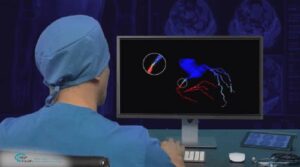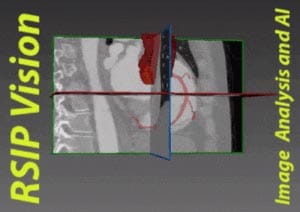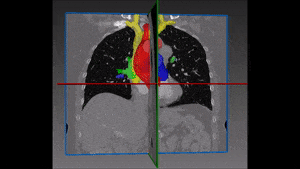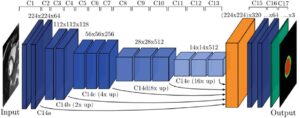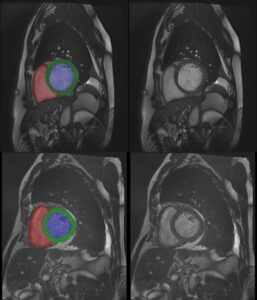Measuring Catheter Orientation in MRI
Lipid-rich coronary lesions (atherosclerosis) have a high risk of rupturing and causing severe coronary damage. These lesions are often treated using interventional coronary catheterization for high-risk patients. Early detection and quantification is necessary in order to increase the chances of a successful treatment and prevention.
During the catheterization process, catheters are inserted with measurement equipment at their tips. These sensors scan their immediate surroundings and indicate levels of lipidity and calcium enrichment.
For example, Top Spin Medical developed a unique catheter with MRI-like capabilities, which has been clinically tested and installed in hospitals. Following catheter insertion, the surrounding tissues send pulses to the tip of the catheter that allow measurements of tissue parameters such as its lipid layer or calcium composition. These signals alert the physician regarding the location of any possible lesion. The exact position of the lesion must be pinpointed for the accuracy of the interventional procedure and to decrease the risk during operation. For these reasons, it is crucial to accurately measure the exact orientation the of catheter.
The main problem is that the orientation of the catheter’s tip is unknown throughout the insertion process and so the exact location cannot be accurately given. To view the catheter during insertion and positioning, physicians use local X-ray imaging. In these images the outer edges of the tip are clearly visible. However, X-ray images are two-dimensional, and so when the catheter tip is oriented perpendicular to the plane of the image, the physician cannot tell whether it is pointing inwards or outwards.
By employing advanced image analysis and deep learning methods, RSIP Vision has constructed a method to ascertain the exact orientation of the catheter tip from X-ray images. Single 2D X-ray images obtained during catheter insertion provide the input to our algorithms. During the first stage, the catheter tip is segmented in the given images. The opacity of the tip in the image is then used as a means of telling its orientation. Using RSIP Vision’s algorithms, not only can the orientation information be used by the physician during catheterization, but additionally more accurate positions of lipid lesions can be given at the examination site.

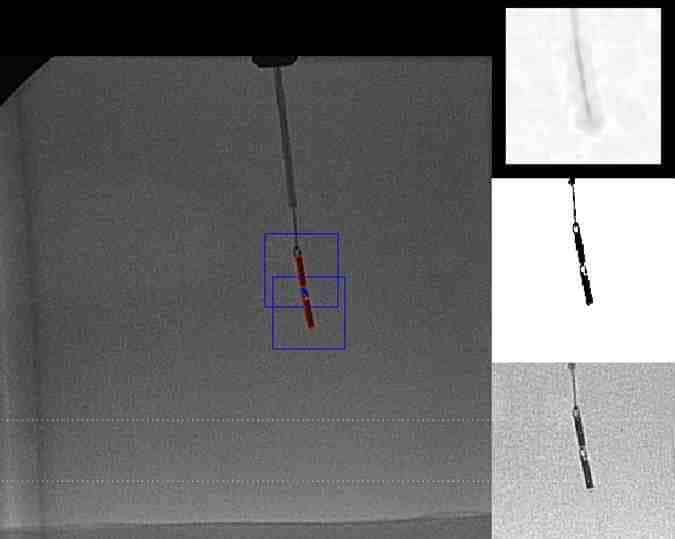
 Cardiology
Cardiology